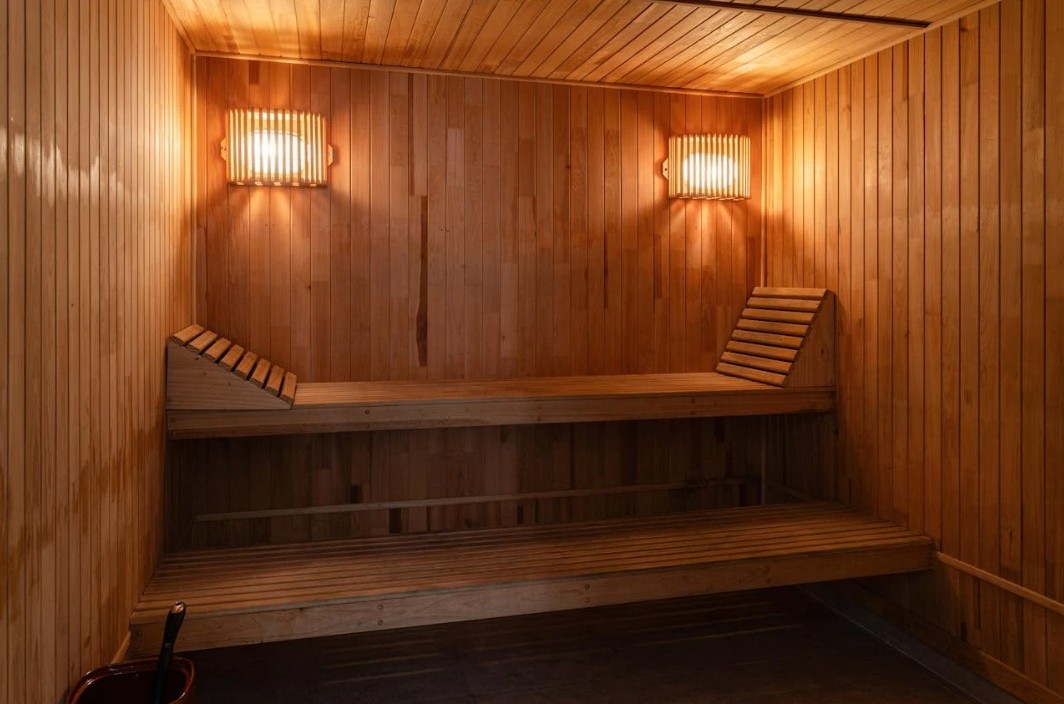Cultivated Dining Room Decor: Tips for a Refined Home Interior
Can you feel it? You’ve been planning for weeks, organizing recipes …

When considering a sauna, choosing the right size is essential to ensure both comfort and functionality. Whether you have a spacious home or a compact urban apartment, the perfect sauna dimensions can enhance your relaxation experience while fitting seamlessly into your lifestyle. From solo sessions to family use, understanding your space and wellness needs will help determine whether a small, medium, or large sauna best suits your environment and daily routines.
Before selecting a sauna, evaluate the area where it will be installed. Whether indoors or outdoors, proper measurements are essential. Account for ventilation, access, and safety zones. Even a compact traditional sauna can offer comfort and function in limited spaces. Consider ceiling height, flooring material, and nearby fixtures. A detailed layout can prevent costly adjustments later. Allow room for maintenance and service access around the unit.
A single-person sauna suits those seeking solitude and quick sessions. For couples or small households, a two-person model offers comfort without excess. Larger families or frequent hosts can benefit from four- to six-person saunas. Overestimating needs could waste energy and space. Underestimating leads to crowding and reduced enjoyment. Balance your family size with usage frequency to determine the right fit.
Indoor saunas integrate well into home gyms, bathrooms, or basements. They offer convenience and privacy year-round. Outdoor models provide a natural, spa-like experience and free up indoor space. Weather protection, foundation work, and power sources must be considered outdoors. Indoor units require adequate ventilation and moisture control. Each placement type impacts the ideal sauna size and design flexibility.
Modular saunas come in various sizes and can be tailored to your space. They suit both temporary and permanent installations. Portable units work well in apartments or rented spaces. These saunas often support one or two users, ideal for light usage. While compact, they may lack customization or advanced features. Assess your need for mobility versus experience quality when choosing.
Selecting the right size ensures optimal heating efficiency and airflow. Larger units need longer to heat and consume more energy. Smaller saunas heat faster but can feel cramped. Prioritize seat depth and backrest spacing for lasting comfort. Benches should accommodate natural postures, especially during longer sessions. Efficient heater sizing also depends on sauna volume and insulation.
Planning for future changes can preserve long-term satisfaction. Will your family grow, or will your use pattern shift? Larger saunas provide flexibility, but only if the space allows. Think about resale value and potential upgrade needs. Custom options can adjust layouts without enlarging the entire unit. A forward-thinking approach avoids costly replacements or renovations later.
Take the time to match your sauna’s size to lifestyle, space, and long-term plans. Proper planning ensures enjoyment, comfort, and energy efficiency. The right size enriches your wellness routine for years to come.
Regular use of a heat therapy room can enhance your overall well-being by promoting better blood circulation, relieving muscle tension, and assisting in detoxification through sweating. It may also contribute to stress reduction and improved cardiovascular health. However, it’s important to follow guidelines to avoid dehydration and overheating.
A steam bath operates at lower temperatures with high humidity, creating a moist environment, while a dry heat experience uses high temperatures with low humidity. The former is gentler on the respiratory system, whereas the latter allows for more intense heat-induced sweating. Each offers unique therapeutic benefits depending on individual preferences.
Using a warm air cabin after working out is generally recommended, as it helps relax muscles and accelerates recovery by improving circulation. Pre-workout use might also have benefits like loosening joints, but post-workout sessions tend to maximize relaxation and reduce muscle soreness more effectively.
For optimal results, high-temperature bathing can be enjoyed two to three times a week. This frequency allows the body to reap the health benefits without excessive exposure to heat. Always hydrate beforehand and monitor how your body responds, adjusting your routine based on comfort and physical condition.